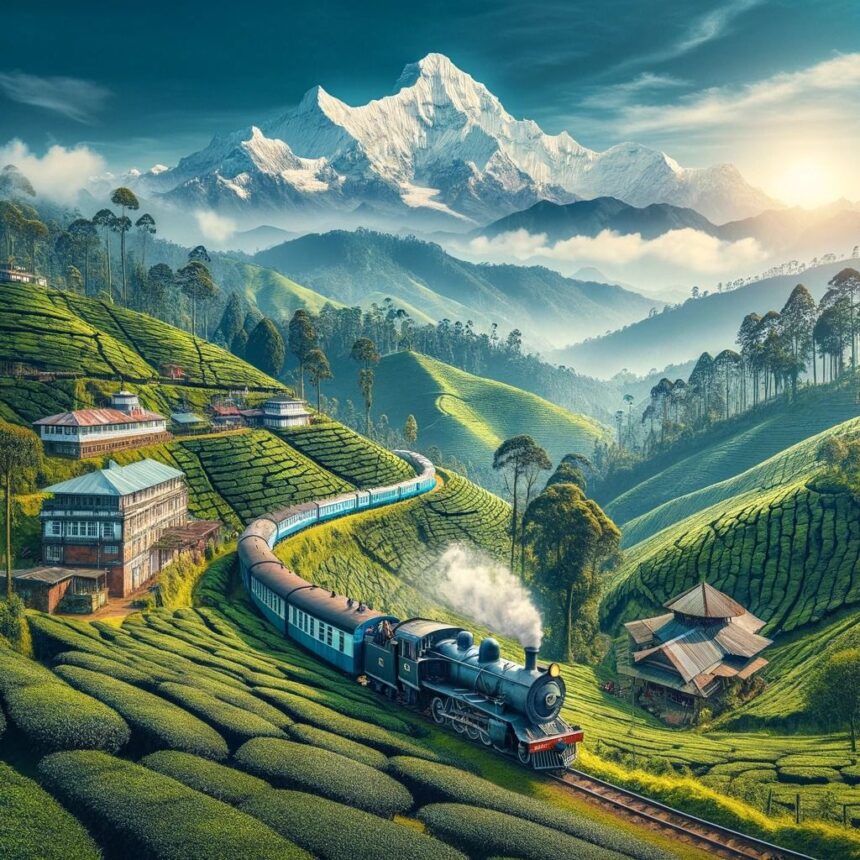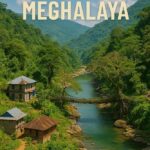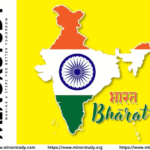Introduction: Darjeeling – The Queen of Hills at a Budget
Darjeeling, lovingly called the “Queen of the Hills”, is one of India’s most charming hill stations. Nestled in West Bengal at the foothills of the mighty Himalayas, Darjeeling is a paradise for nature lovers, tea enthusiasts, adventure seekers, and budget travelers alike. Famous for its sprawling tea gardens, panoramic views of Kanchenjunga, colonial architecture, and cultural diversity, Darjeeling offers much more than a luxury getaway—it offers budget-friendly vacation ideas for travelers who want to experience beauty without breaking the bank.
- Introduction: Darjeeling – The Queen of Hills at a Budget
- 🏔 History of Darjeeling
- 🌍 Interesting Facts About Darjeeling
- 🗓 Timeline of Darjeeling’s Growth
- ✨ Significance of Darjeeling
- 💸 Cheap Vacation Ideas in Darjeeling
- 🙏 Wishing from Darjeeling
- 🌿 Importance of Darjeeling in Our Lives & Society
- ✅ FAQs on Darjeeling Cheap Vacation Ideas
- 📌 Important Points to Remember
- 🌟 Conclusion: Darjeeling’s Daily Life Impact
This guide dives deep into the history, cheap travel tips, facts, timeline, significance, and cultural impact of Darjeeling. By the end, you’ll see why Darjeeling is not just a tourist spot but a meaningful destination that blends heritage, affordability, and unforgettable charm.
🏔 History of Darjeeling
The history of Darjeeling is as layered as its misty mountains:
Early Inhabitants: Originally, the area was inhabited by the Lepchas (the indigenous people of Sikkim).
19th Century British Rule: In 1835, the British East India Company leased Darjeeling from the Kingdom of Sikkim and transformed it into a hill station and sanatorium for their officials.
Tea Legacy: By the mid-1800s, the British established tea plantations, giving birth to the globally renowned Darjeeling Tea, often called the “Champagne of Teas.”
Post-Independence Era: After 1947, Darjeeling became an integral part of India and developed into one of the country’s most loved hill stations.
Today, Darjeeling retains its colonial charm while being deeply rooted in Nepali, Tibetan, and Bengali cultures.
🌍 Interesting Facts About Darjeeling
Here are some fascinating facts that make Darjeeling unique:
Darjeeling is home to the Darjeeling Himalayan Railway (DHR), a UNESCO World Heritage Site known as the “Toy Train.”
The town sits at an altitude of 6,710 feet (2,045 meters), offering breathtaking Himalayan views.
Darjeeling produces only 1% of India’s total tea, but it is the most expensive and globally prized.
The famous Tiger Hill sunrise offers views of both Mount Everest and Kanchenjunga on clear days.
Darjeeling’s blend of Nepali, Tibetan, British, and Bengali cultures gives it a cosmopolitan yet homely vibe.
🗓 Timeline of Darjeeling’s Growth
1835 – British acquire Darjeeling from Sikkim.
1840s – First tea gardens established.
1881 – Darjeeling Himalayan Railway inaugurated.
1947 – Becomes part of independent India.
1999 – Darjeeling Himalayan Railway declared a UNESCO World Heritage Site.
Present Day – Popular tourist hub attracting over 5 lakh visitors annually, including budget travelers.
✨ Significance of Darjeeling
Darjeeling’s significance can be understood on multiple levels:
Cultural Significance: A melting pot of cultures (Nepali, Tibetan, Bengali, British).
Economic Significance: Tea industry is a global brand; tourism boosts local economy.
Spiritual Significance: Home to monasteries, peaceful landscapes, and retreats that rejuvenate the mind.
Historical Significance: Colonial heritage buildings, churches, and old schools still stand strong.
💸 Cheap Vacation Ideas in Darjeeling
Traveling to Darjeeling on a budget is easier than you think. Here are 10 affordable ideas:
Stay in Homestays – Instead of luxury hotels, choose cozy Nepali or Tibetan homestays. Cost: ₹500–₹1000/night.
Street Food Love – Taste momos, thukpa, aloo dum, and Darjeeling tea at local stalls for under ₹100.
Toy Train Ride (Shared) – Opt for a shorter joy ride from Darjeeling to Ghum (~₹200).
Walk Through Tea Gardens – Entry fees are minimal; enjoy unlimited photo opportunities.
Tiger Hill Sunrise – Free if you trek up; taxi pooling costs less than ₹300.
Explore Monasteries – Peaceful and free (Ghoom Monastery, Bhutia Busty Monastery).
Local Transport – Shared jeeps and buses cost far less than private cabs.
Trekking Trails – Sandakphu trek and other local trails can be done cheaply with local guides.
Markets & Souvenirs – Chowrasta & Mall Road offer handicrafts, woolens, and tea at affordable prices.
Free Views – Himalayan views from Observatory Hill or Mall Road cost nothing but give priceless joy.
🙏 Wishing from Darjeeling
When travelers visit Darjeeling, they often take back not just souvenirs but blessings. Locals commonly wish:
“Jai Gorkha!” – A prideful greeting among Nepali locals.
Offering a cup of tea is a warm wish of hospitality.
Tourists leave wishing for clear skies at Tiger Hill to witness the Himalayan sunrise.
So, if you ever write to someone from Darjeeling, a meaningful wish could be:
“May your life be as refreshing as Darjeeling tea and as bright as a Himalayan sunrise.”
🌿 Importance of Darjeeling in Our Lives & Society
Darjeeling’s impact extends beyond just tourism:
Cultural Harmony – Teaches coexistence of diverse communities.
Environmental Awareness – Reminds us of the value of preserving forests and mountains.
Tea Legacy – Symbolizes India’s contribution to global flavors.
Budget Travel Example – Shows how affordable vacations can still be rich in experience.
Mental Peace – Its monasteries and landscapes remind us to slow down and embrace calmness.
✅ FAQs on Darjeeling Cheap Vacation Ideas
Q1. Is Darjeeling expensive to visit?
No, it can be very budget-friendly if you choose homestays, local food, and shared transport.
Q2. What is the cheapest way to reach Darjeeling?
By train to New Jalpaiguri (NJP) and then a shared jeep (~₹250–₹300).
Q3. What is the best cheap food in Darjeeling?
Momos, thukpa, and street-side Darjeeling tea (₹10–₹20 a cup).
Q4. Can I enjoy the toy train cheaply?
Yes, short joy rides are available for under ₹200.
Q5. When is the best budget season to visit Darjeeling?
March–May and September–November (avoid peak summer for cheaper stays).
📌 Important Points to Remember
Carry cash (ATMs may not work everywhere).
Respect local cultures and monasteries.
Pack warm clothes—weather can be unpredictable.
Book homestays in advance for cheaper deals.
🌟 Conclusion: Darjeeling’s Daily Life Impact
Darjeeling is more than a vacation—it’s a soulful experience. For locals, it’s their livelihood through tea and tourism. For travelers, it’s an affordable gateway to the Himalayas. Its cheap vacation ideas—like homestays, street food, shared rides, and treks—make it accessible to all kinds of people.
In our daily lives, Darjeeling teaches us:
Simplicity over luxury brings real joy.
Cultural diversity is a strength.
Nature is priceless—we must protect it.
So, if you’re dreaming of a peaceful yet affordable getaway, Darjeeling is waiting with open arms and a hot cup of tea.








